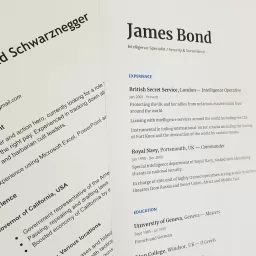
The clock in its form that we recognise today has been around since the middle of the fourteenth century. Before then, measuring the passage of time had always been a tricky affair with the movement of the sun being the only reliable method of time-telling and the only clocks being crude sundials or water clocks.
When the first mechanical clocks appeared they were driven by a spring and weight, regulated by a verge-and-foliot escapement, a type of gear system that advances the gear train at regular intervals or ‘ticks’. Not only does a clock ticking come from these original devices but also the familiar clock face was developed.
The first clock to use a minute hand appeared in 1475 and innovations like the pendulum were added making mechanical clocks more and more accurate. Shapes, designs and all sorts of bells, alarms and automaton figures were added to clocks to make them more appealing, the most famous of these being the distinctive cuckoo clock which appeared at the end of the 18th century.
The next big step in the development of clocks didn’t arrive until the twentieth century and the development of electronics when it had been noticed that electrical charges running through crystals, such as quartz, made the crystals resonate at an accurate rate.
These digital clocks could use the traditional clock face of mechanical clocks but also were able to replace it with a digital display that showed the time in numbers.
While digital clocks were more accurate than mechanical clocks and even bigger step towards accuracy was taken with the discovery of atomic clocks.
Atomic clocks work on the principle that the caesium -133 atom has an exact resonance each second (somewhere in the region of over 9 billion a second). This makes atomic clocks highly accurate; in fact they are even more accurate than the rotation of the Earth which the national timescale GMT (Greenwich Meantime) used to determine noon. Another timescale, UTC (universal Coordinated Time)) which is based on GMT but allows for the Earth slowing in its rotation by adding ‘leap seconds’ has been developed.
Computer networks use the time from atomic clocks by receiving a specialist transmission of the time through radio waves, the GPS network or over the Internet and can synchronise their networks to this UTC time by utilizing NTP (Network Time Protocol) a protocol specifically designed for synchronization.
Ethernet Clocks can be connected to computer networks that run NTP and can display the exact time as told by an atomic clock and display it on a wall or desk. Other analogue and digital wall clocks can also receive a transmission directly from an absolute time source via radio waves and display UTC time that way.
servers dedicated
#Cuckoo #Clocks #NTP #Servers #Accuracy #Timekeeping
Post byBedewy for info askme VISIT GAHZLY








about this server
This server is great for timekeeping! The accuracy is fantastic and the servers are very easy to use.
thank you, great post